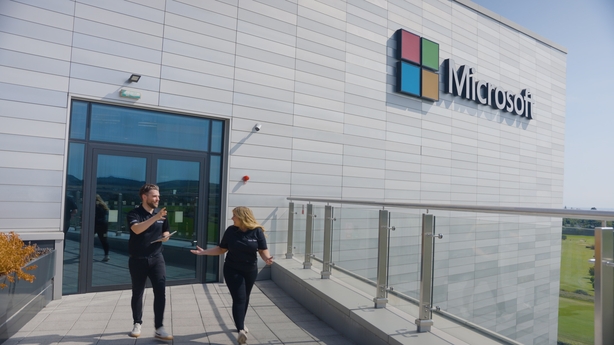In Episode 4 of Code Green, we're exploring the world of biodiversity and using the power of artificial intelligence (AI) to keep our ecosystems thriving!
Michael and Corey take students on a journey to discover how plants play a vital role in maintaining a healthy environment, and how technology can help us protect them.
This episode is all about getting hands-on with nature. Students will step into their local ecosystems to identify different types of plants, figure out what nutrients they might be missing, and train an AI model to detect whether those plants are healthy. Using the GenAI Teachable Machine, they’ll learn how AI can monitor and improve plant health, making them true tech-powered environmentalists!
Watch the show above and download the Full Educator guide here!

Through this fun and hands-on lesson, students will learn to:
- Understand what an ecosystem is and how it works.
- Explore the concept of biodiversity and its importance.
- Learn how AI can help improve and maintain biodiversity.
- Plan and create an AI model to monitor plant health.

With AI at their fingertips and nature all around them, students will be empowered to make real change. Leaf Long Learners helps them connect with the environment while developing cutting-edge tech skills. Ready to see how your students can protect biodiversity using AI?
Watch the full series and download all resources from Code Green on RTÉ Learn.
Curriculum Links
Primary Mathematics Curriculum
Strand: Data and Chance
Strand Unit: Chance
Learning Outcomes:
- Describe and test predictability and (un)certainty in events.
- Use probability to make informed decisions and predictions.
- Represent and express probability in different forms.
Science, Technology and Engineering Education
Strand: Living Things
Learning Outcomes:
- Explore and investigate the interdependence of living things within ecosystems how they adapt so they can survive and thrive; and how basic food chains operate within them.
- Explore how science can serve to better understand and solve biodiversity related problems locally and/or nationally.
Social and Environmental Education
Strand: Environment and Sustainable Living
Strand Unit: Geography
Learning Outcomes:
- Evaluate examples of change in the natural environments of Ireland, Europe, and the wider world due to physical processes and human activity and determine possible actions to support positive change in the environment.

